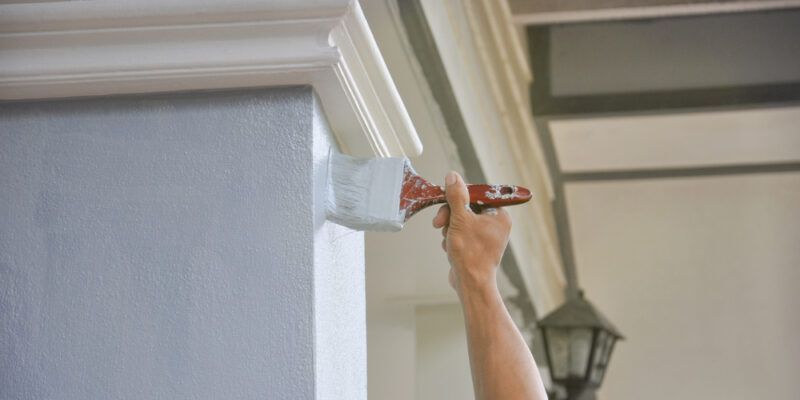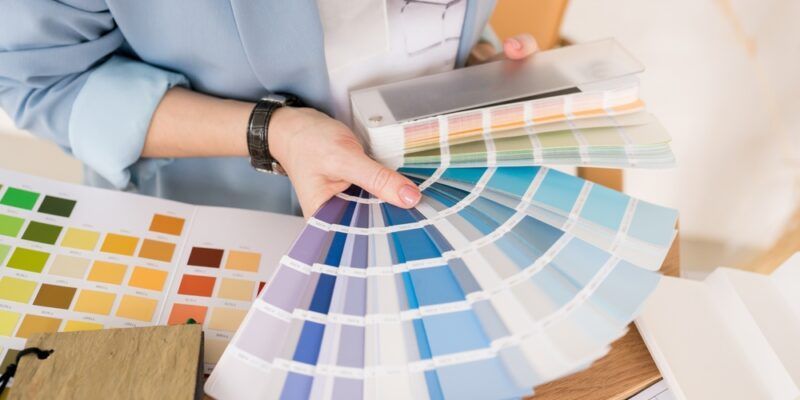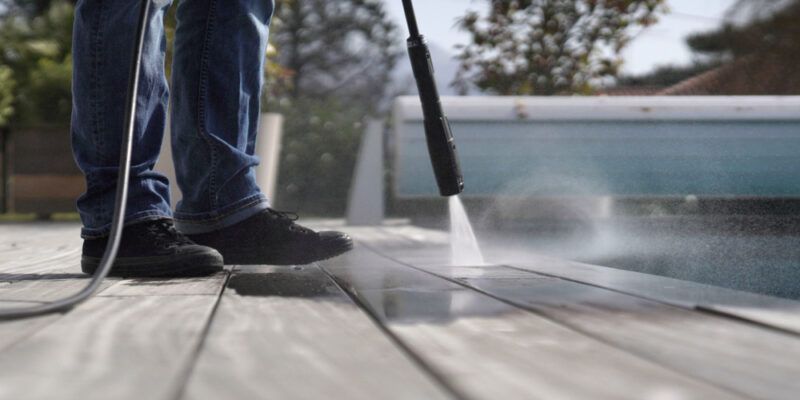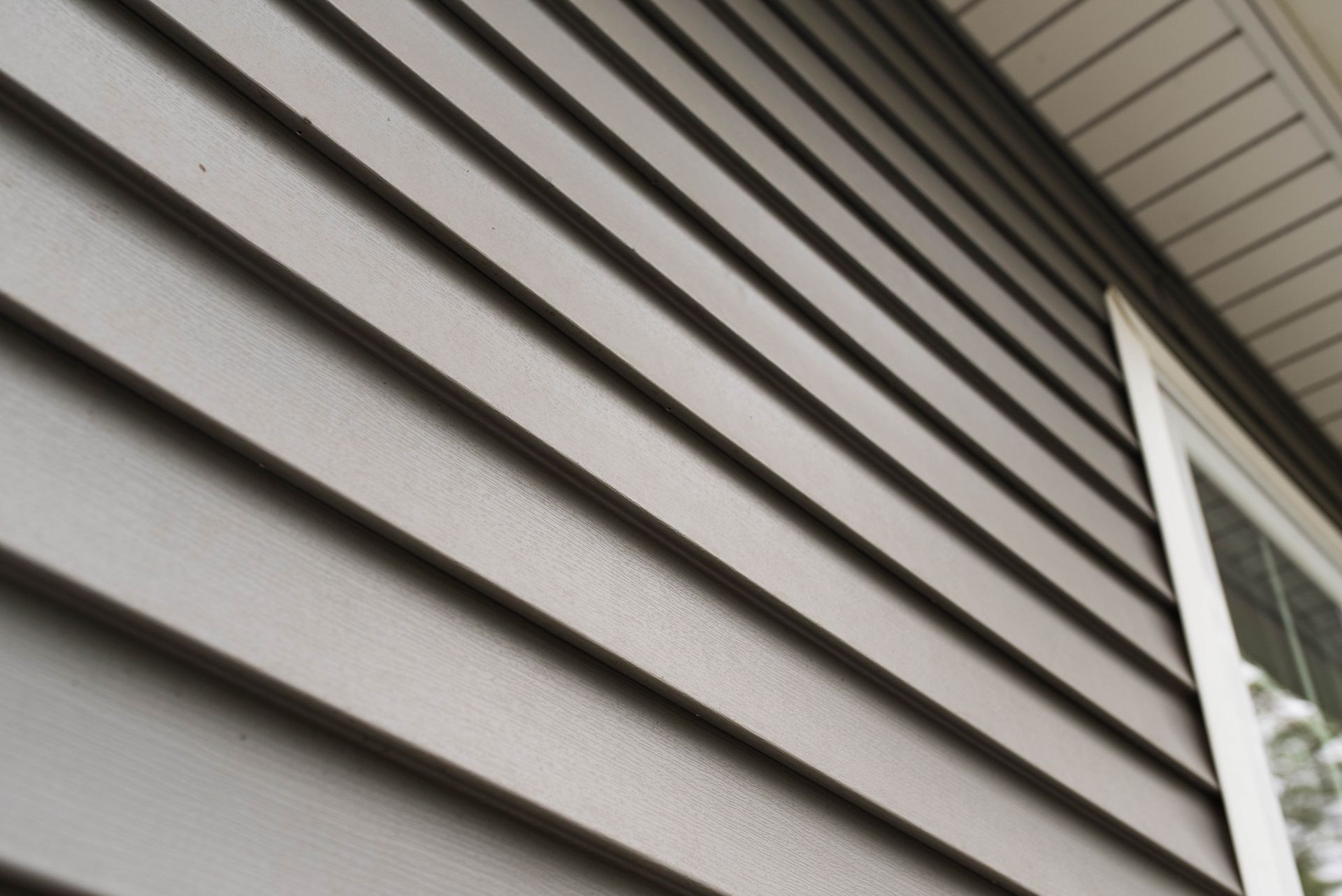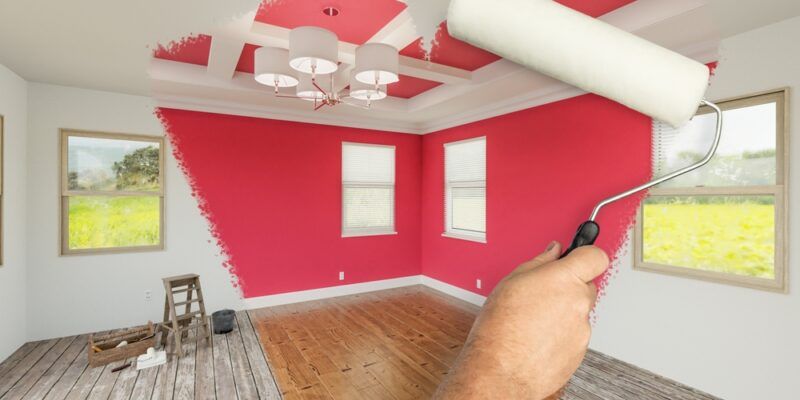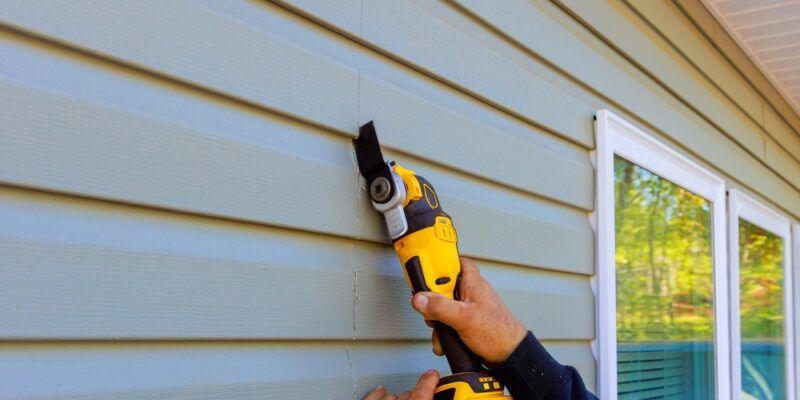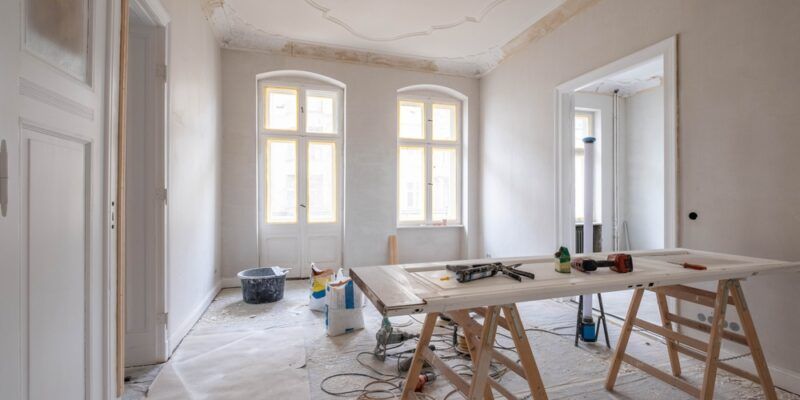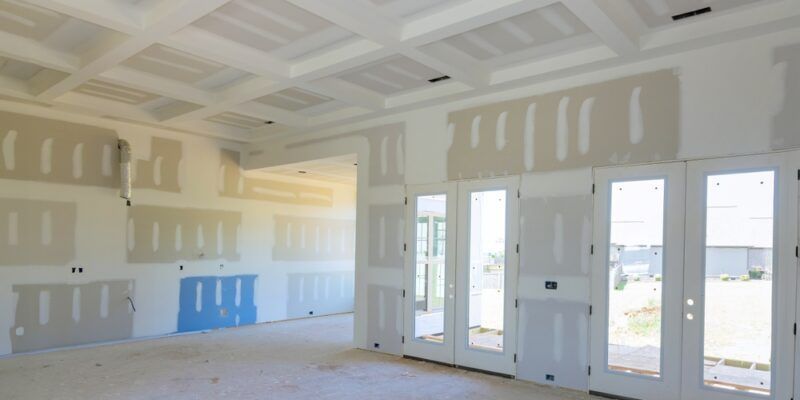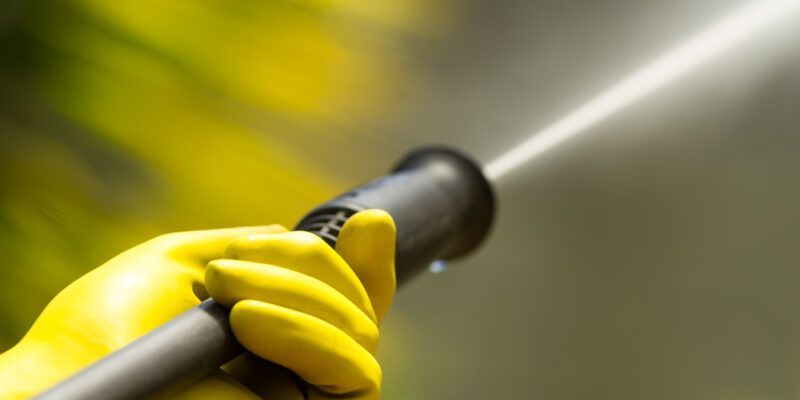How Humidity & Temperature Impacts Paint
Humidity and temperature can affect paint in a variety of ways, from the type of finish to the coating thickness. Understanding these factors and addressing them before painting can improve your final results.
Humidity
The amount of moisture in the air – known as humidity – has a big impact on the quality of your paint job. Not only does it slow the drying process, but it also creates conditions that can lead to a variety of problems. Humidity levels will vary from place to place, depending on the season and weather conditions. The best humidity for exterior painting is between 40 and 50 percent, although you can often paint in higher humidity levels as long as you take the proper precautions.
The materials you use to paint can also play a huge role in your final product. From wood, to metal, to paint, all of these things can deteriorate or damage your painting if they are exposed to certain environmental conditions. Humidity impacts the way these materials swell and dry. When humidity is high, wood can swell due to water that collects underneath the paint. This can cause the wood to crack or even break. The same is true with metal, and it can be particularly difficult to paint these materials. It is best to wait for a drier day to do so.
Temperature
Whether you’re painting your home or office, it’s important to understand how temperature affects the finish. This knowledge will help you create the perfect paint job and maintain it so that it looks beautiful for as long as possible. In short, temperature impacts the way that water evaporates from paint. This is especially true for oil-based, latex, and acrylic paints. If the water doesn’t dry quickly enough, the paint will have trouble adhering to the surface and could peel or flake prematurely.
